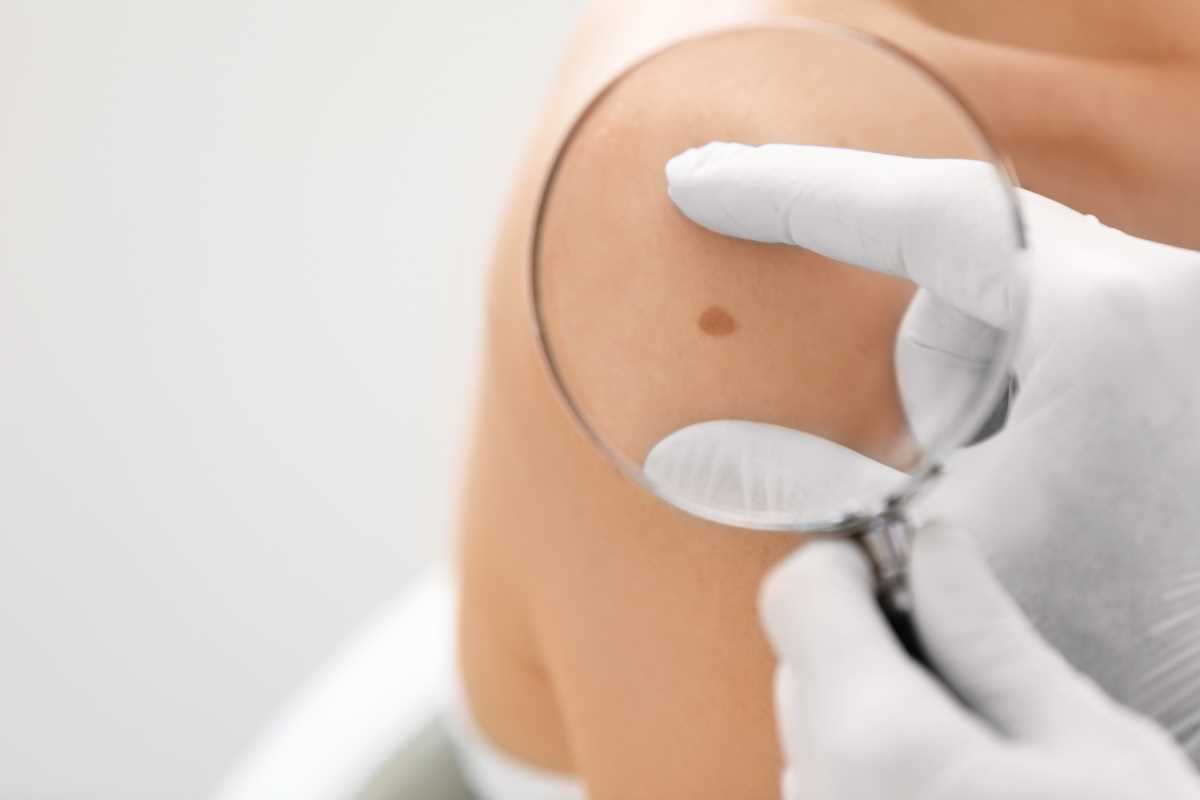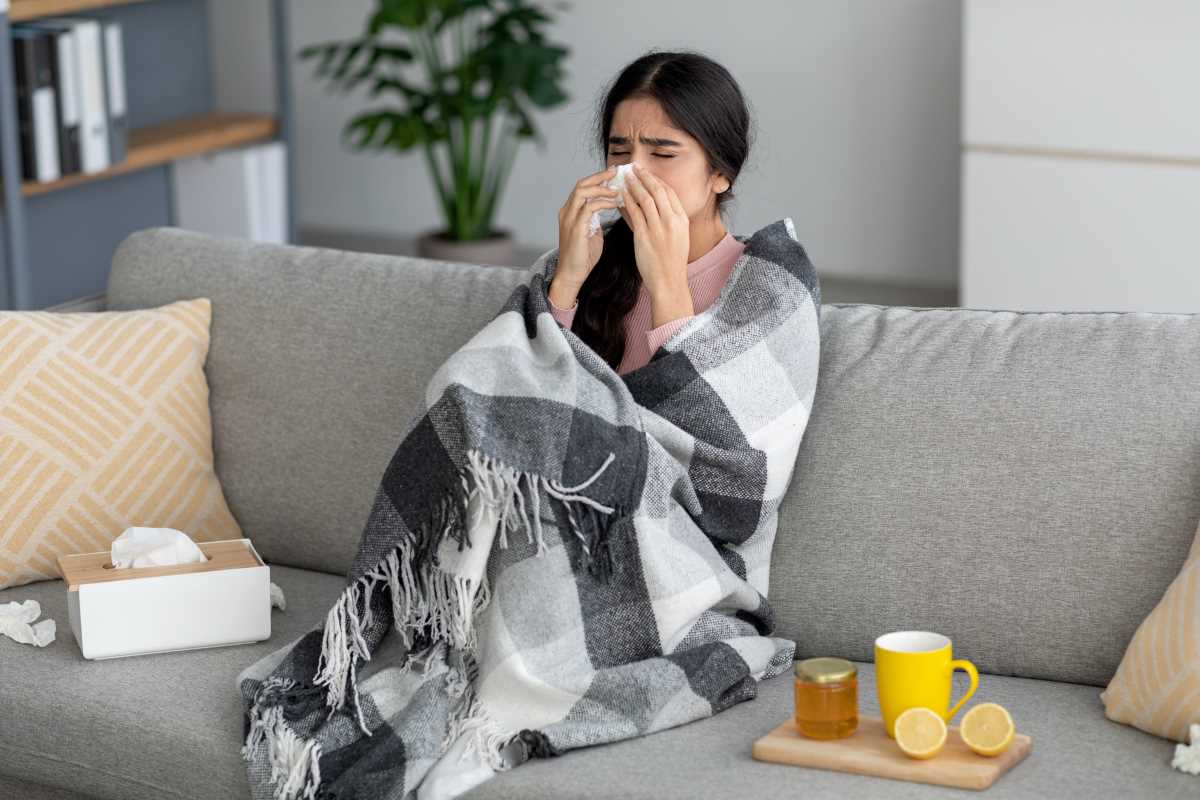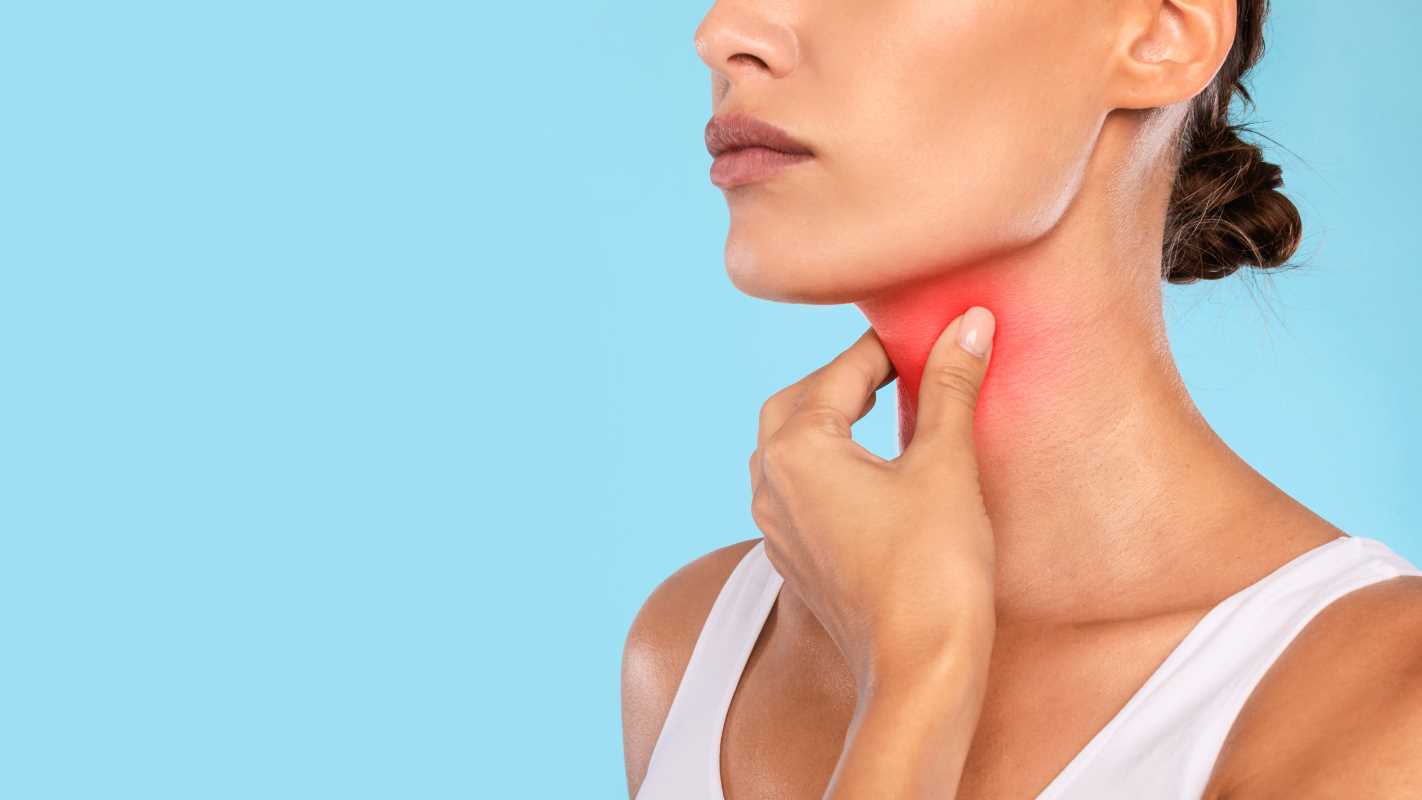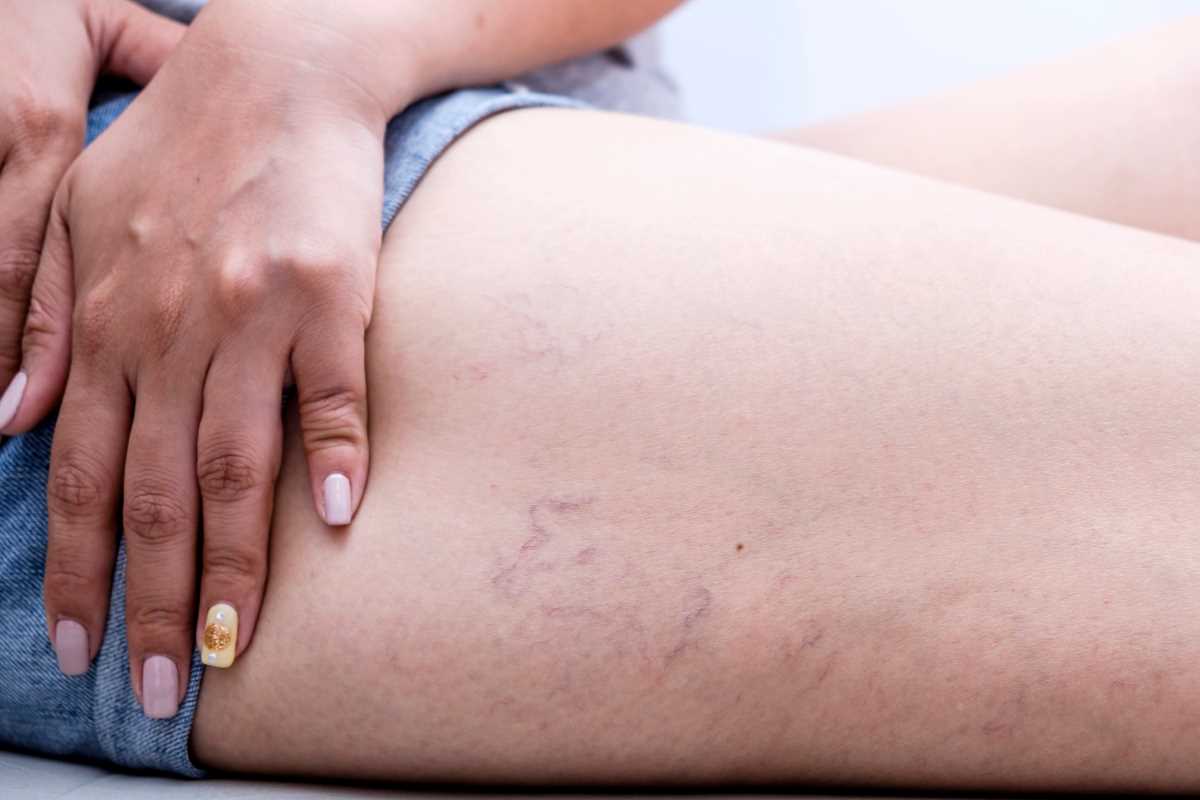When it comes to your health, early detection is one of the most powerful tools you have. Skin cancer is the most common type of cancer worldwide, yet it’s also one of the most treatable when caught early. Regular self-checks are a simple but important way to spot potential skin cancer and take action before it becomes a bigger issue. The good news? It doesn’t take special equipment or training to do a self-check, just a little bit of your time and some awareness of what to look for on your skin.
This guide will walk you through why self-checks matter, what signs to watch for, how to examine your skin effectively, and when you should see a doctor. We’ll also cover tips for preventing skin cancer and keeping your skin healthy overall.
Skin Cancer Self-Checks Are Crucial
Skin cancer often starts as small changes on the surface of your skin. Spotting those changes early can make a huge difference.
Here’s why self-checks are so important:
- Early Detection Saves Lives: When found early, skin cancer is highly treatable. Catching it in its early stages can make treatment simpler and less invasive.
- Skin Cancer Is Common: About one in five Americans will develop skin cancer in their lifetime. Regular checks help ensure you’re not one of them.
- It’s Easy to Do: Unlike some other cancers, skin cancer is often visible. This means you can spot warning signs sooner without needing special medical tests.
By taking just a few minutes every month, you can keep an eye on your skin and take control of your health.
What to Look For During a Skin Self-Check
Not sure what to keep an eye out for? Here are some common warning signs of skin cancer.
The ABCDEs of Melanoma
Melanoma is one of the most serious types of skin cancer. A simple way to remember what to look for is the ABCDE rule:
- A - Asymmetry: One half of the spot doesn’t match the other.
- B - Border: The edges are irregular, blurry, or ragged.
- C - Color: The color isn’t uniform and may include shades of brown, black, red, white, or blue.
- D - Diameter: It’s larger than a pencil eraser (about 6mm), though some melanomas can be smaller.
- E - Evolving: The spot is changing in size, shape, color, or texture over time.
Other Warning Signs
Besides melanomas, there are other forms of skin cancer like basal cell carcinoma and squamous cell carcinoma. Watch for:
- New Growths: Any new lump, bump, or patch of skin that looks unusual.
- Sores That Don’t Heal: A sore that doesn’t close up or heal after a few weeks.
- Scaly or Crusty Patches: Rough, raised areas that feel different from the rest of your skin.
- Moles That Itch or Bleed: Moles shouldn’t cause discomfort, so anything itchy, tender, or bleeding is worth checking out.
Pay attention to anything on your skin that seems out of the ordinary or “different.” Trust your instincts!
How to Perform a Skin Cancer Self-Check
A proper skin self-check isn’t difficult or time-consuming. Here’s how to do one step by step.
1. Find a Well-Lit Space
Good lighting is key to spotting changes on your skin. A brightly lit bathroom or a room with natural sunlight works best.
2. Use a Full-Length Mirror and Handheld Mirror
A full-length mirror lets you see larger areas, while a handheld mirror helps with hard-to-reach spots, like your back or the backs of your legs.
3. Check Everywhere
Skin cancer can show up anywhere, not just in spots exposed to the sun. Be thorough by scanning your body as follows:
- Start with your face, ears, neck, and scalp. Use a comb to part your hair and check your scalp.
- Move down to your chest, stomach, and sides. Don’t skip under your breasts or folds of skin.
- Examine your arms, including under your arms and between your fingers.
- Look at your legs, focusing on your thighs, calves, and feet. Check the soles of your feet, spaces between your toes, and toenail beds.
- Use a mirror to check your back, buttocks, and the backs of your legs.
4. Take Notes or Photos
If you spot something that looks unusual, take a picture or jot down a description. Tracking changes over time can help you and your doctor identify anything suspicious.
5. Repeat Monthly
Make self-checks a regular part of your routine. Pick a day each month to take 5–10 minutes and examine your skin.
When to See a Doctor
It’s always better to be safe than sorry when it comes to unusual changes in your skin. You should see a doctor if:
- A mole or spot has changed in size, shape, or color.
- You find a sore that hasn’t healed in a few weeks.
- You notice a lump or growth that’s growing rapidly.
- Something on your skin is causing pain, itching, or bleeding.
- A dermatologist will be able to examine the area and, if necessary, perform a biopsy to see if it’s cancerous. Early detection can make all the difference in successful treatment.
Tips for Prevention and Maintaining Healthy Skin
While regular self-checks are critical, prevention is just as important when it comes to protecting your skin from cancer.
1. Use Sunscreen Daily
Choose a broad-spectrum sunscreen with an SPF of 30 or higher, and apply it to all exposed skin. Don’t forget your ears, neck, and the tops of your feet.
2. Seek Shade
Avoid direct sunlight during peak hours (10 a.m. to 4 p.m.). Sit under an umbrella, wear a hat, or cover up with loose clothing for extra protection.
3. Wear Protective Clothing
Clothing with built-in UV protection is great for extended time outdoors. Long sleeves, hats, and sunglasses can go a long way in protecting your skin.
4. Avoid Tanning Beds
Tanning beds expose your skin to concentrated UV rays, which significantly increase your risk of skin cancer. Stick to self-tanning products if you want a golden glow.
5. Examine Your Skin After Sunburns
Severe sunburns, especially blistering ones, can increase the likelihood of skin cancer later on. Keep a close eye on sun-damaged areas.
6. Eat for Your Skin
Include foods rich in antioxidants, like colorful fruits and vegetables, to support your skin’s overall health and resilience.
7. Visit a Dermatologist Annually
Even if your self-checks don’t turn up anything unusual, it’s a good idea to see a dermatologist yearly for a professional skin exam. They can detect problems that might be easy to overlook on your own.
 (Image via
(Image via





